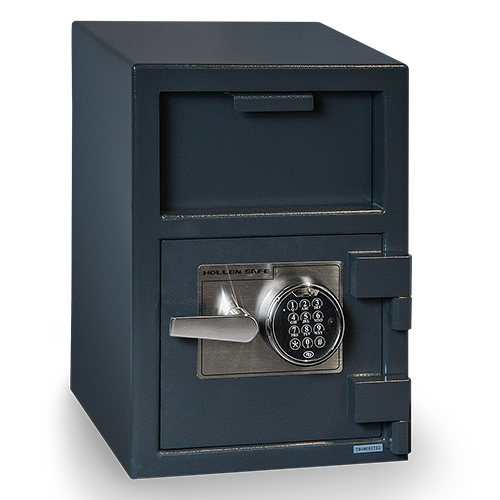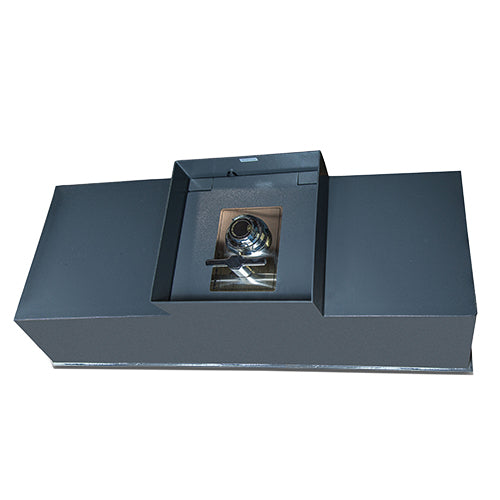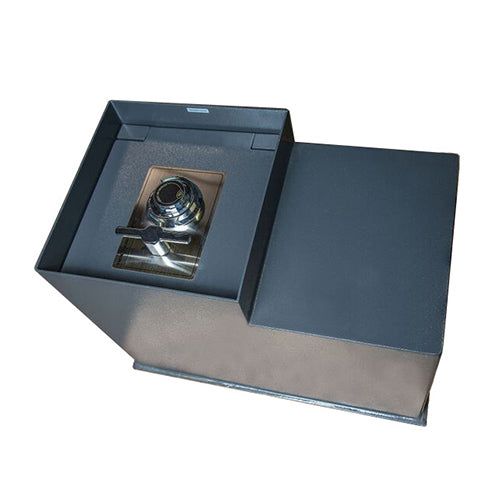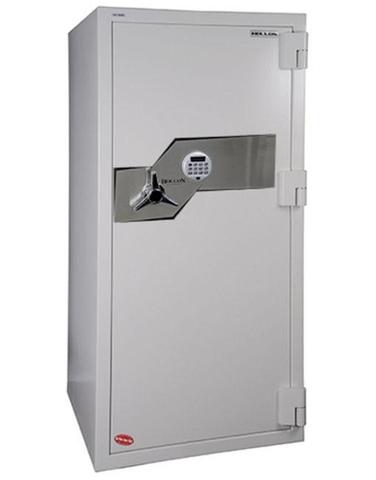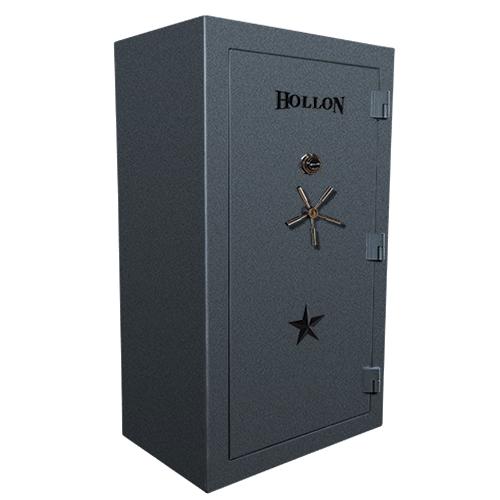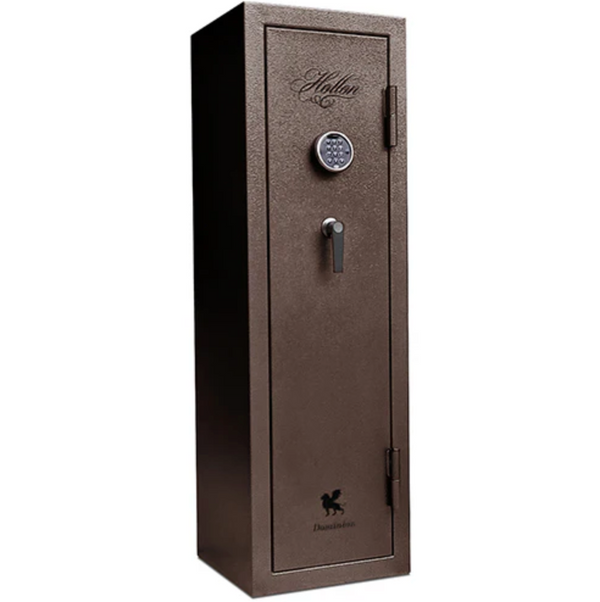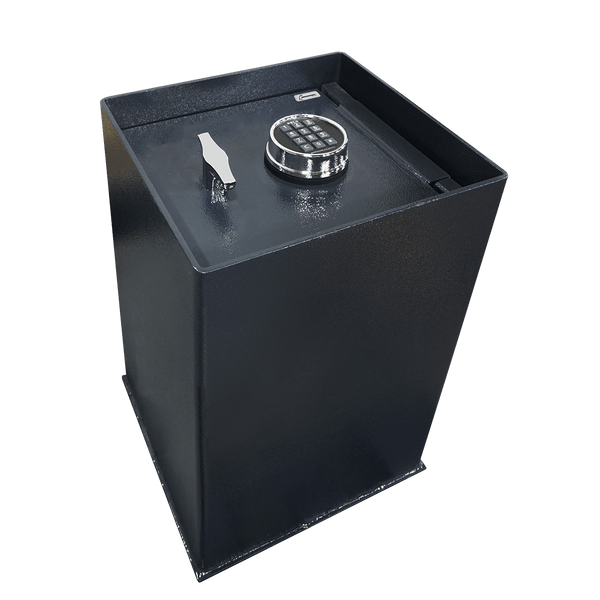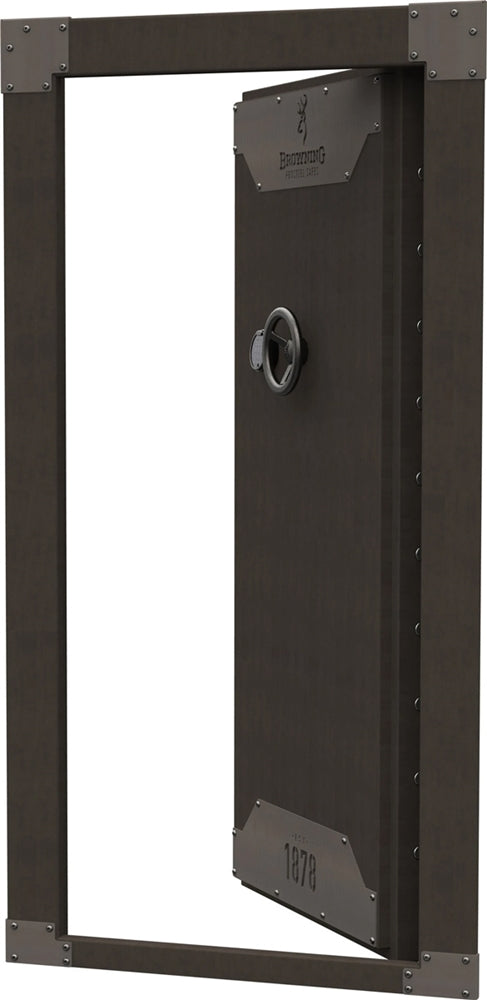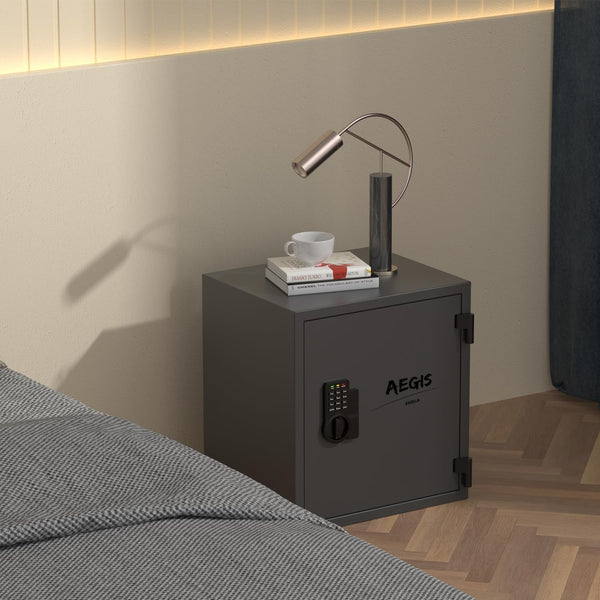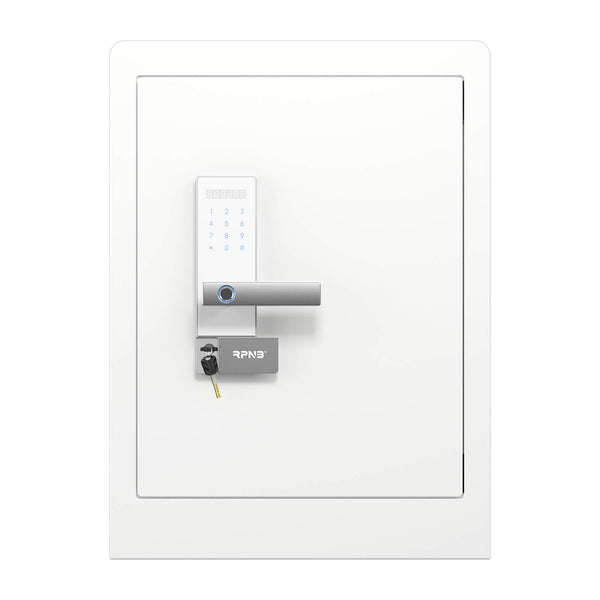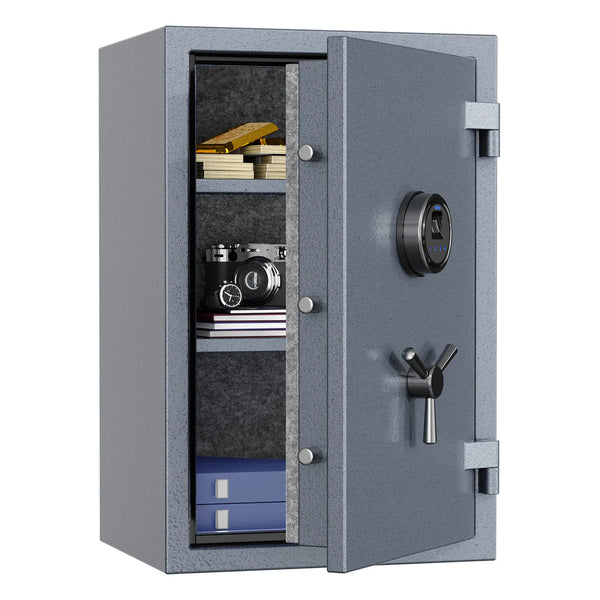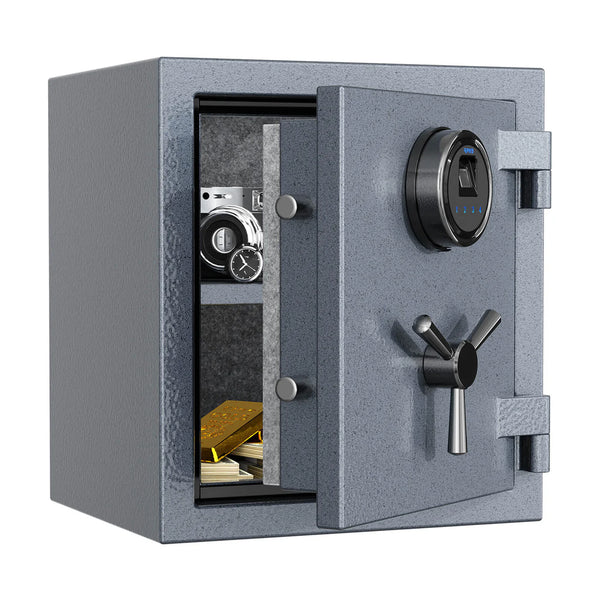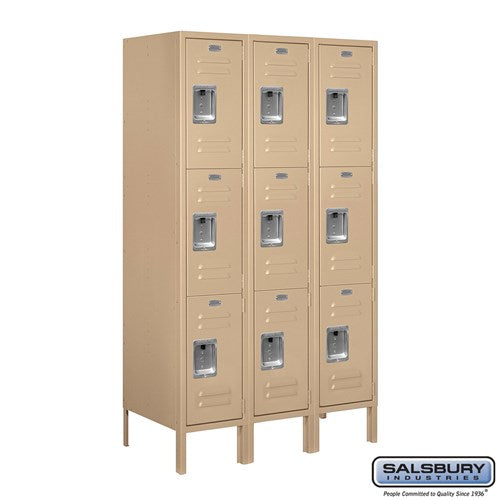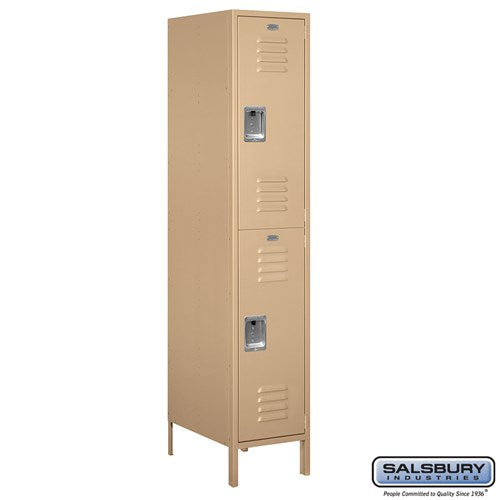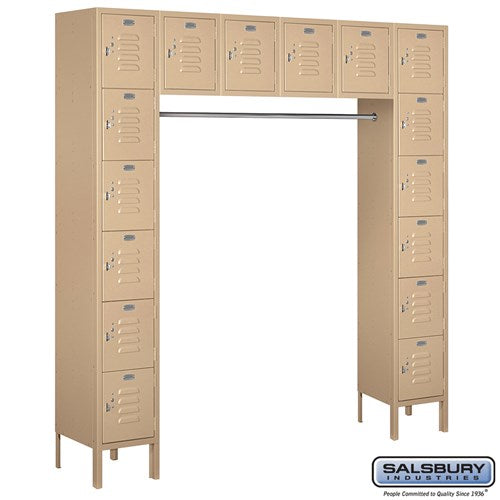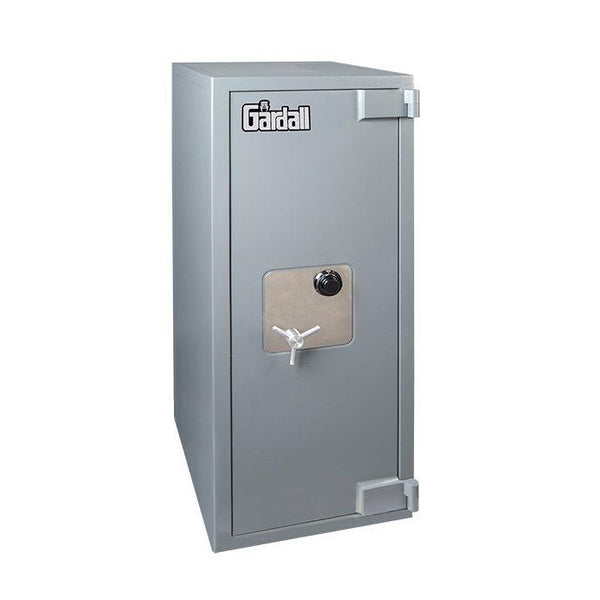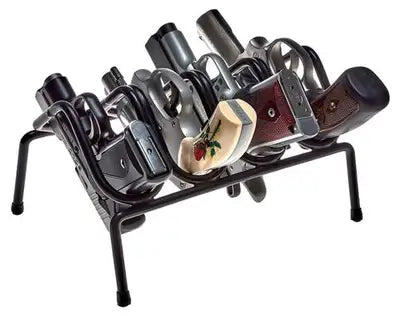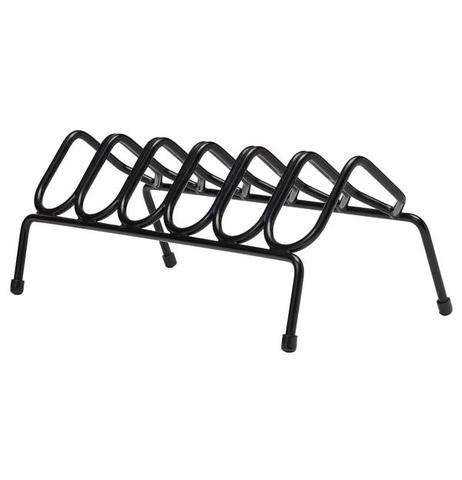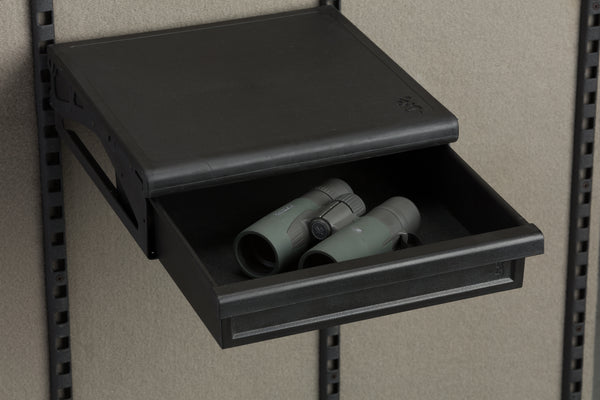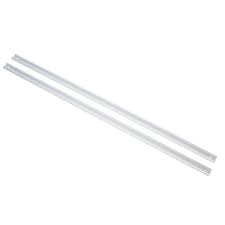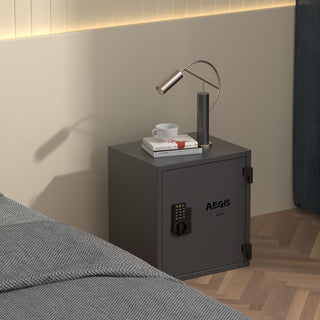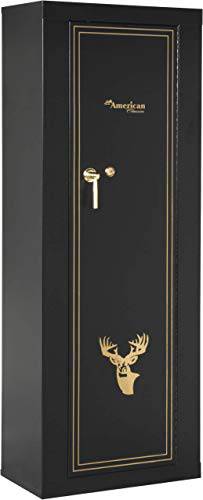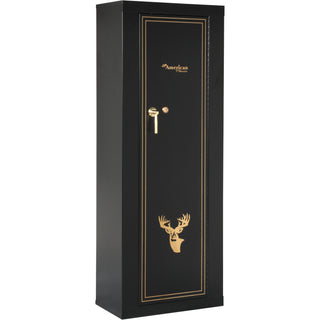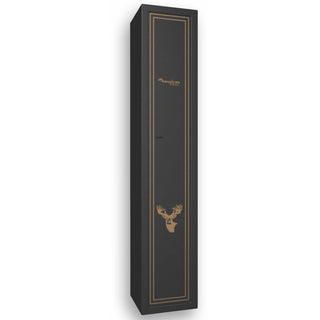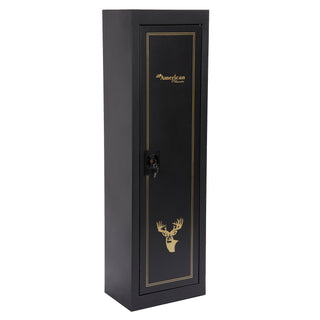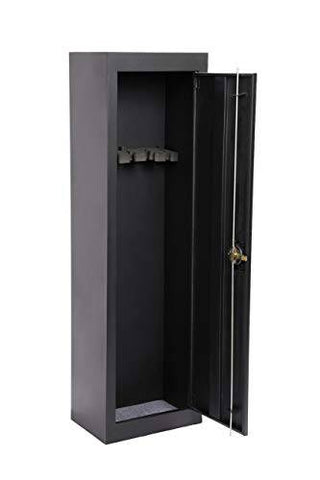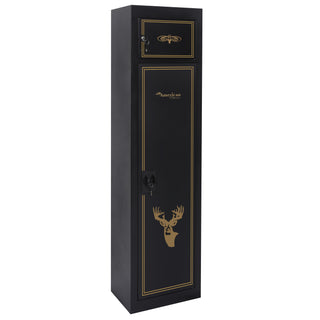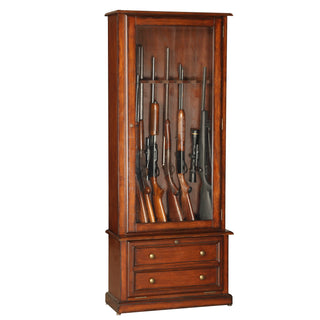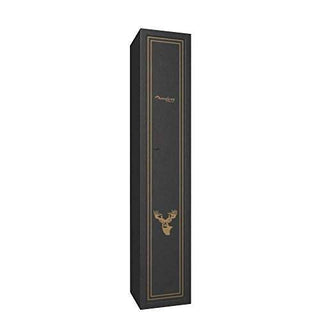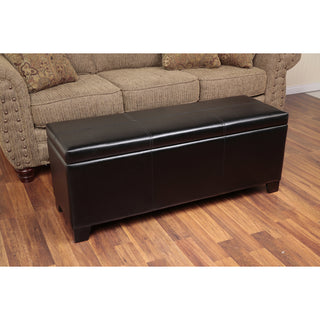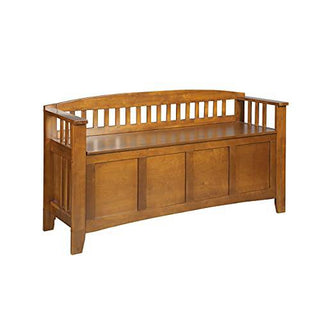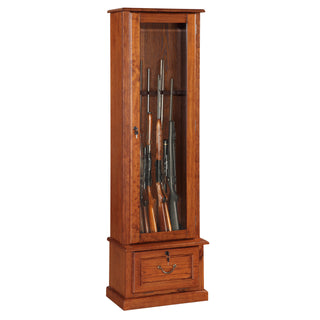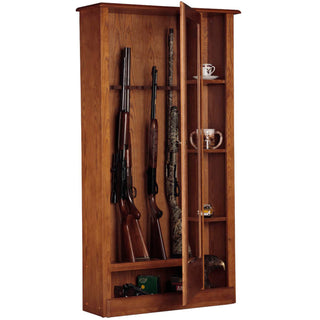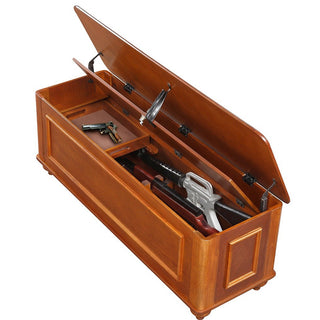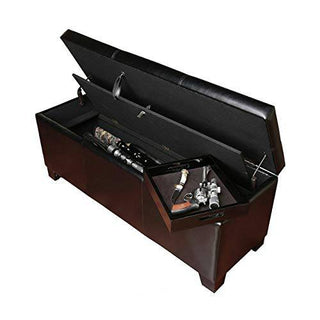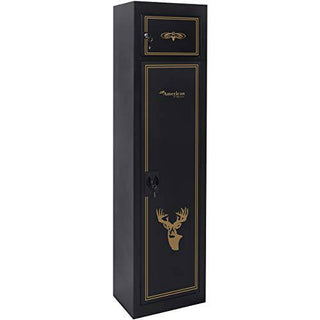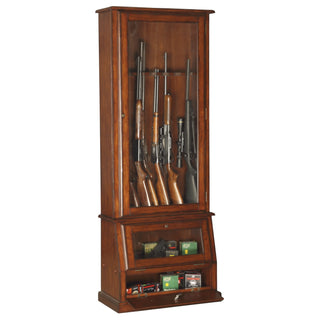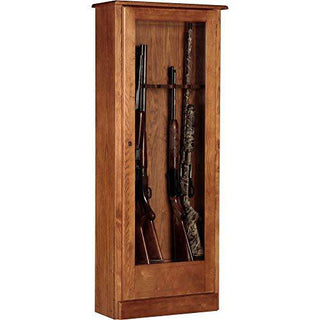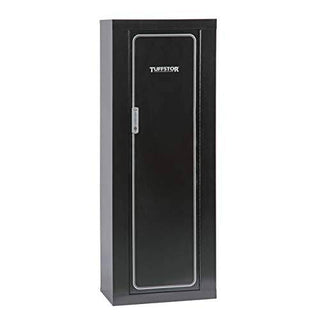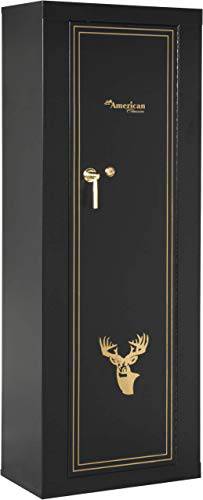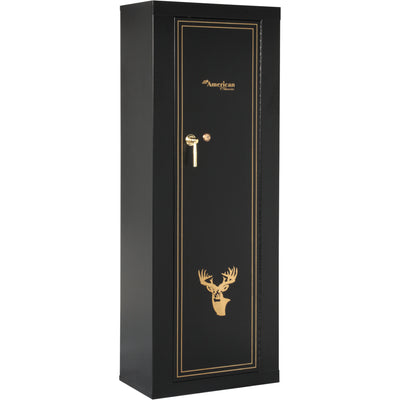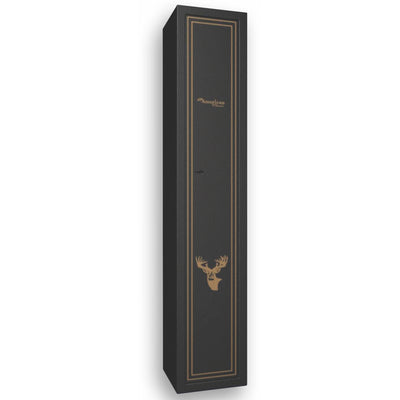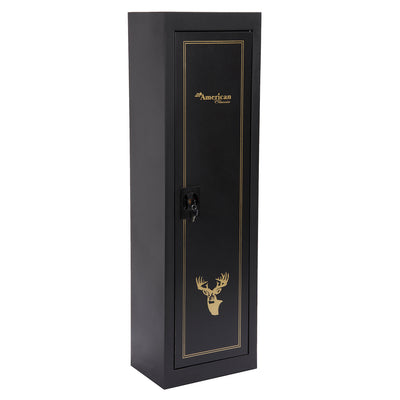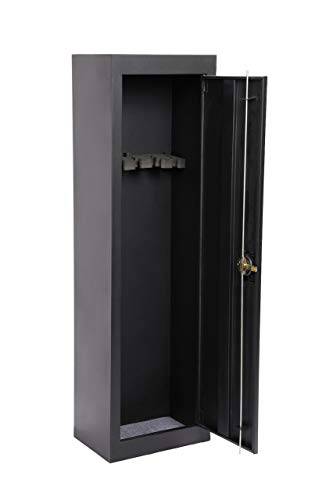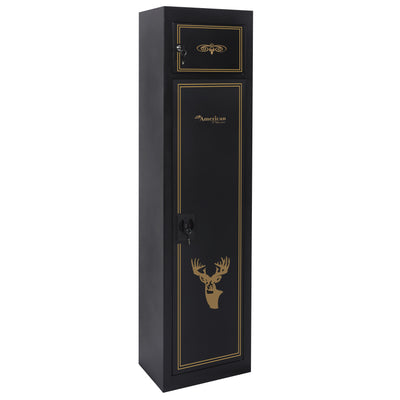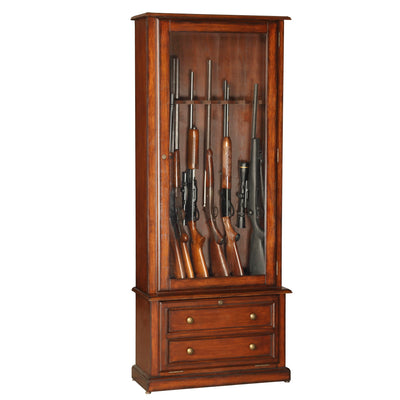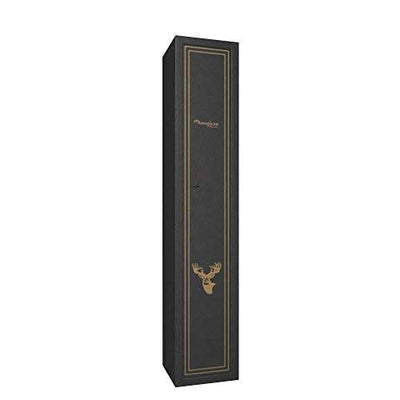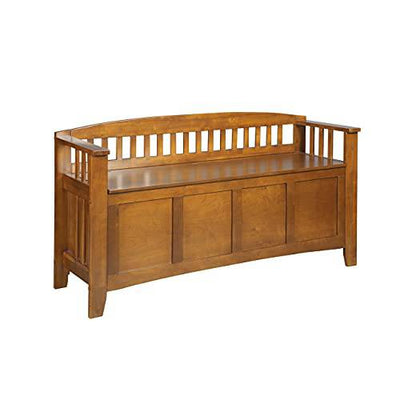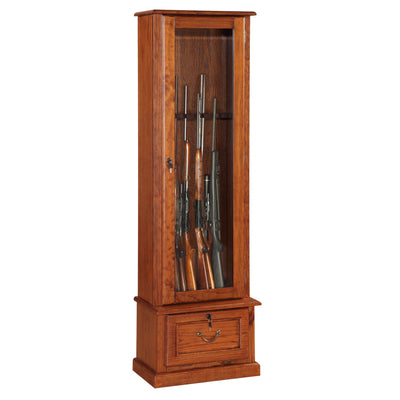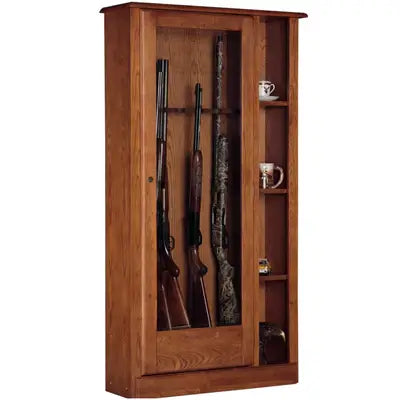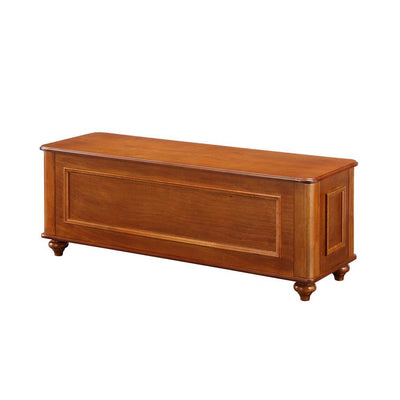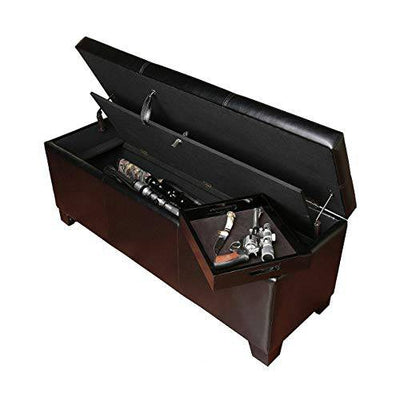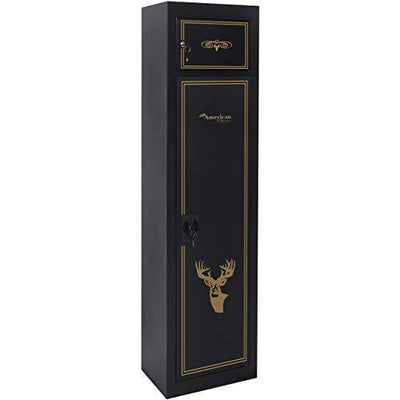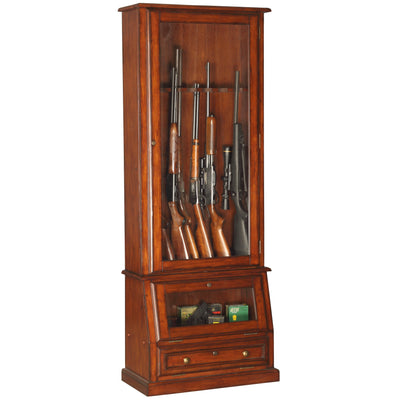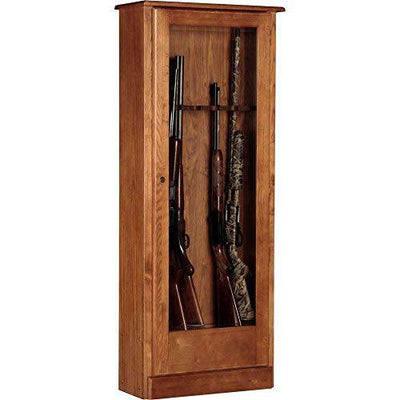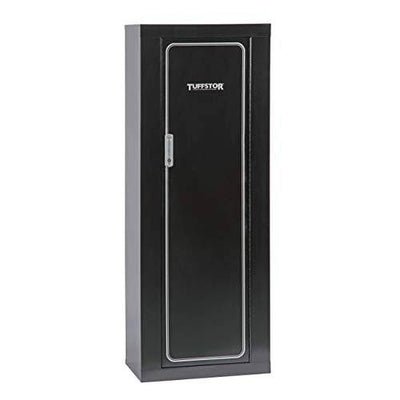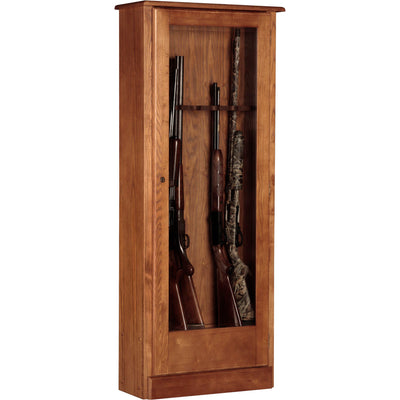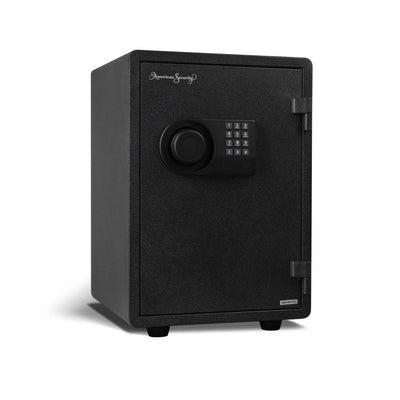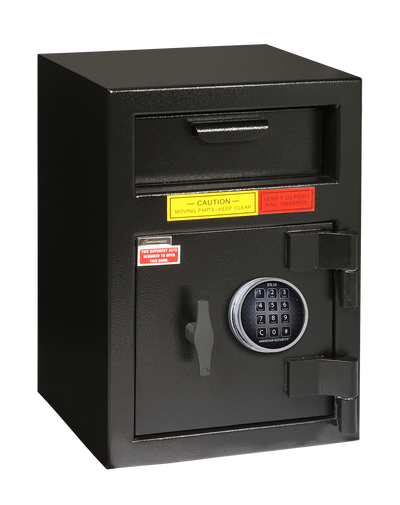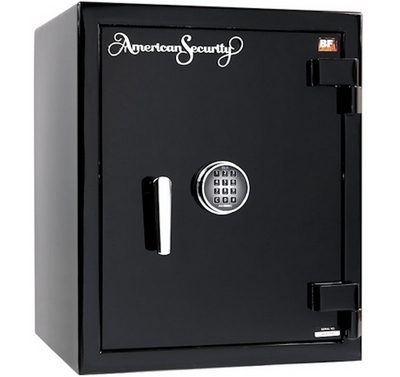
Table of Contents
- Introduction
- How to Choose the Best Safe for Dorm Rooms
- Top Recommendations for Wall Safes
- FAQs | What Readers Want to Know
- Buyer Beware Tips
- Our Final Verdict
The Dual Purpose of Wall Safes
Wall safes serve a dual purpose: they offer a secure place to store valuables and a discreet hiding spot away from prying eyes. But, as a concerned homeowner who has valuables that need protection, you might wonder: "What if there's a fire? Will my wall safe protect my cherished belongings?"
The Truth About Fireproofing in Wall Safes
Contrary to popular belief, not all wall safes are fireproof. While they excel in concealment, many lack the fire-resistant qualities found in standalone safes.
Fireproof models are available, but they might not offer the same duration of protection as their traditional counterparts.
Key Features of Hidden Wall Safes

-
Seamless Integration: Unlike freestanding safes, wall safes are designed to blend into your home's structure, often concealed behind paintings, furniture, or televisions.
-
Strategic Placement: Their hidden nature makes them a challenge for burglars. Even if intruders suspect its presence, locating it becomes time-consuming, often deterring theft attempts.
-
Lightweight Construction: Due to their wall-mounted design, these safes prioritize lightweight materials, which sometimes means compromising on fireproofing.
Buyer Beware: Tips for Choosing a Wall Safe
When it comes to purchasing a wall safe, not all products are created equal. Here are some crucial tips to keep in mind to ensure you're making a wise investment:
Research the Brand:
Not all manufacturers have a reputation for quality and reliability. Before purchasing, do some research on the brand's history, customer reviews, and any reported issues.
Check the Fireproof Rating:
As we've discussed, not all wall safes are fireproof. Ensure the safe you're considering has a UL fireproof rating and understand what that rating means in terms of protection.
Consider the Locking Mechanism:
Some safes offer digital keypads, while others have traditional combination dials or key locks. Think about which type you'd prefer and consider the potential vulnerabilities of each.
Size Matters:
Ensure the safe you're considering fits the space where you plan to install it. Also, think about the internal size and whether it will accommodate all the items you plan to store.
Installation Complexity:
Some wall safes are easier to install than others. If you're planning a DIY installation, make sure you're comfortable with the process for the model you're considering.
Warranty and Customer Support:
A good warranty can be a lifesaver if something goes wrong with your safe. Additionally, responsive customer support can make a difference if you have questions or issues.
Price Isn't Everything:
While going for the cheapest option is tempting, remember that sometimes you get what you pay for. Investing a bit more in a quality safe can provide better protection and peace of mind.
Enhancing Fire Protection for Wall Safes
-
Supplementary Fireproofing: If your wall safe isn't fireproof, consider adding fire-resistant bags inside to protect crucial documents.
-
Material Considerations: Traditional safes often use thick steel and fire-resistant materials, making them heavy. Wall safes might not offer the same level of protection due to their need to be lightweight.
-
Seek UL Ratings: Some wall safes come with a UL fire rating, ensuring they can maintain an internal temperature below 350°F for up to an hour. This rating is especially crucial for protecting paper documents.
Top Recommendations for Wall Safes
When it comes to securing your valuables, wall safes offer a unique blend of security and concealment. They're designed to fit seamlessly into your wall, often hidden behind furniture, paintings, or other decor, making them a discreet choice for safeguarding your possessions. Here are some general features and considerations to keep in mind when shopping for a wall safe:
1. Biometric Access:
Some modern wall safes come equipped with advanced biometric systems. This technology allows for quick access using fingerprint recognition, ensuring that only authorized individuals can open the safe.
2. Construction and Design:
A good wall safe boasts a sturdy construction, often made of durable materials like alloy steel. They're designed to be recessed into the wall, providing a flush fit that's perfect for concealment behind other items.
3. Locking Mechanism:
Wall safes can come with various locking mechanisms, from traditional key locks to electronic keypads. Some even offer dual locks for added security.
4. Size and Capacity:
Consider the internal dimensions of the safe to ensure it's spacious enough for your valuables. Some safes also come with removable shelves for better organization.
5. Weight and Installation:
While wall safes are designed to be lightweight for wall installation, it's essential to ensure that they can be securely anchored. Most are designed for easy installation between wall studs and come with pre-drilled anchor holes.
6. Additional Features:
Some wall safes offer added features like LED lighting, dehumidifiers, or even temperature and humidity displays. These can enhance the usability and protection level of the safe.
FAQ (What Readers Want to Know)
Are all home safes fireproof?
No, but fire-resistant models are available.
How long can a fireproof safe withstand fire?
This depends on its rating. Always check the manufacturer's specifications.
Can I bolt a safe to the wall?
Yes, but ensure it's done securely and in a concealed location for maximum security.
Conclusion
While many wall safes prioritize concealment over fire protection, it doesn't mean you can't have both. You can enjoy security and fire protection benefits by researching and choosing a model with a good UL fire rating. Remember, it's not just about hiding valuables; it's about ensuring they're safe in every scenario.









